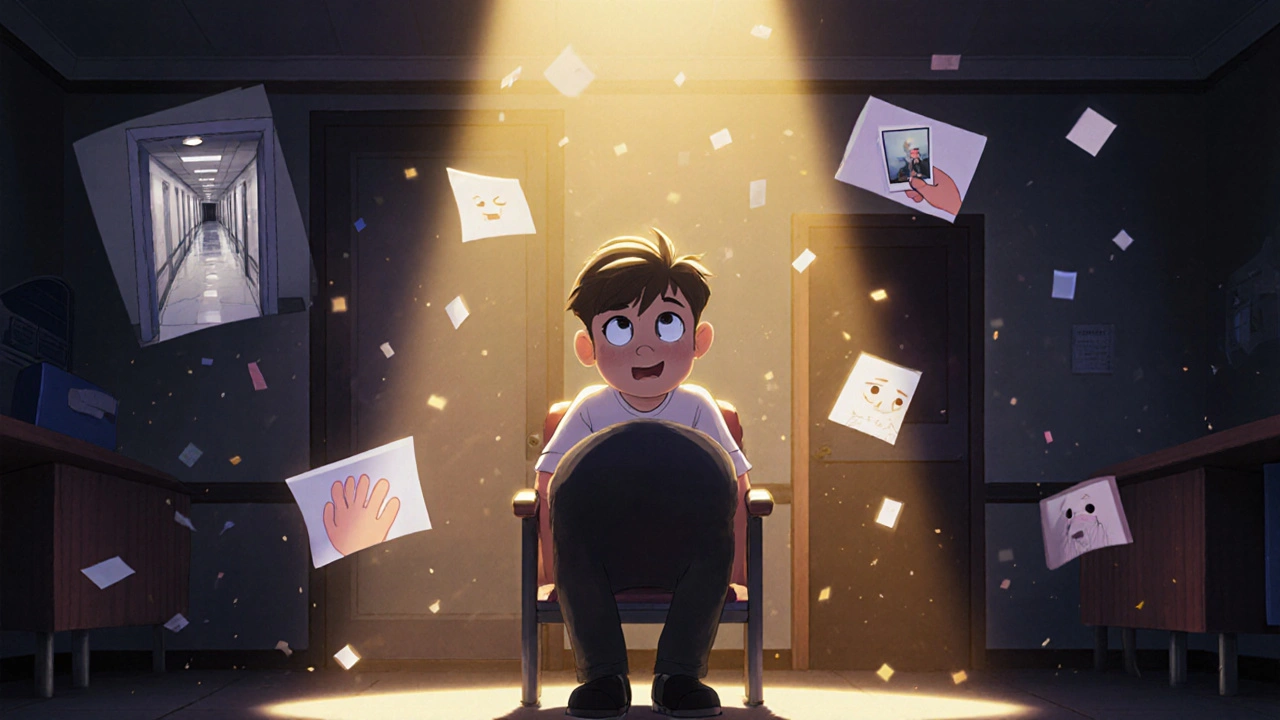Crying on Cue: How Actors Fake Tears and Why It Matters in Film
When an actor cries on camera, it doesn’t mean they’re heartbroken—it means they’ve mastered crying on cue, the deliberate, trained ability to produce authentic-looking tears for a scene. This isn’t just about waterworks—it’s about making the audience believe, even when the camera stops rolling. You’ve seen it: a character breaks down after a loss, a reunion, or a betrayal, and you feel it. But that tear? It might’ve been triggered by an onion, a memory, or a technique passed down from one actor to another.
emotional acting, the art of accessing real feelings to fuel a performance is the backbone of great cinema. But not every tear comes from grief. Some actors use actor training, structured methods like Stanislavski’s emotional memory or Meisner’s repetition exercises to tap into past pain. Others rely on physical tricks—rubbing eyes, biting lips, or even holding their breath until their eyes water. It’s not cheating. It’s craft. Think of it like a stunt double for emotion: the goal isn’t to fake the feeling, but to make the audience feel it anyway.
Why does this matter? Because audiences don’t care if the tears are real—they care if they’re convincing. A poorly timed sob can break immersion. A perfect cry can make a scene unforgettable. That’s why directors spend hours rehearsing these moments. That’s why actors train for years. And that’s why you’ll find stories here about the quiet, messy, brilliant ways performers turn vulnerability into art.
Below, you’ll find posts that dig into the mechanics of performance, the psychology behind a well-placed sob, and the filmmakers who know exactly when to push for that one last tear. Whether it’s a quiet moment in an indie drama or a blockbuster climax, crying on cue is never just about tears—it’s about truth, control, and connection.
Crying on cue isn't about forcing tears-it's about accessing real emotion. Learn how actors create authentic tears using memory, physiology, and emotional truth, and why the industry is moving away from fake crying techniques.
View More

